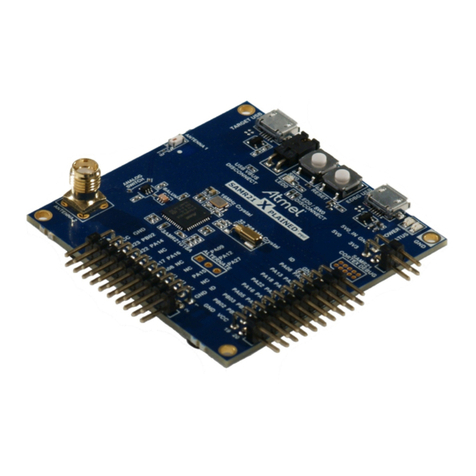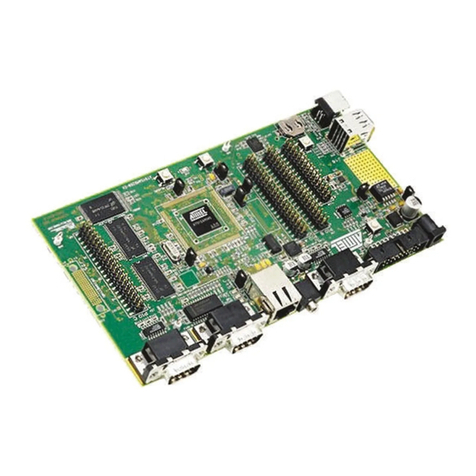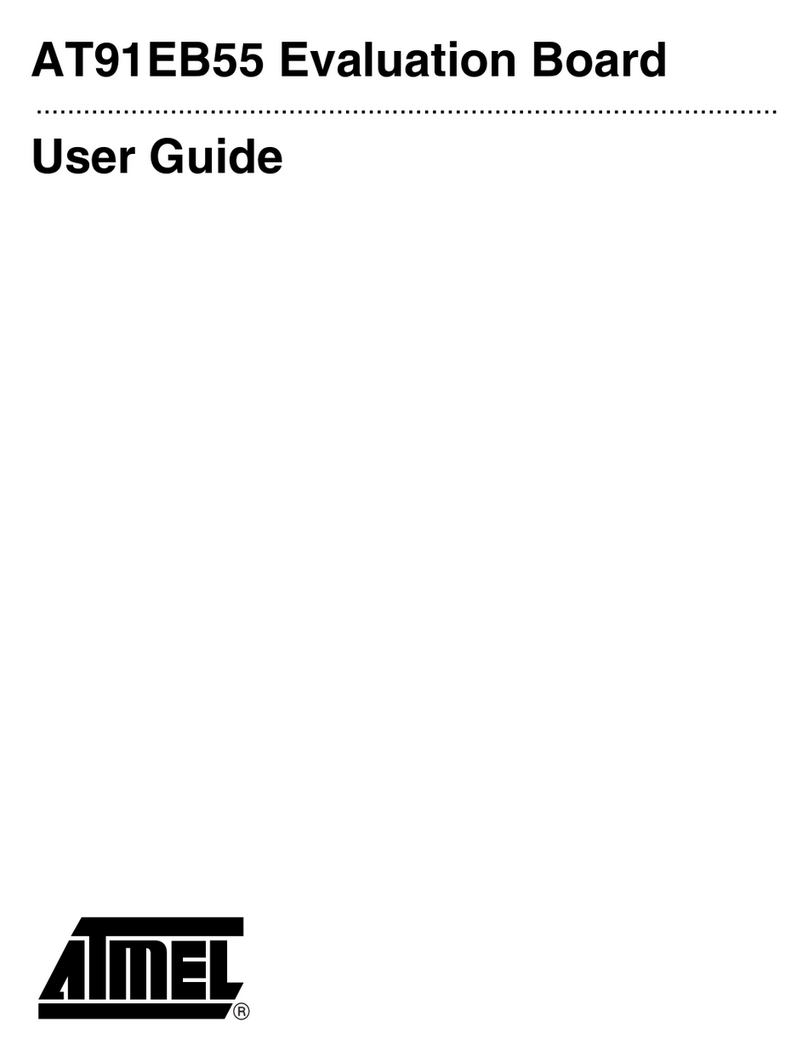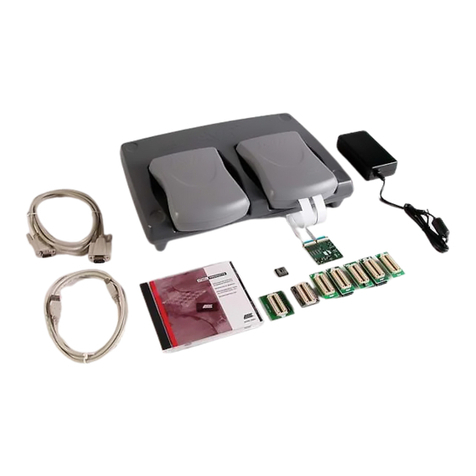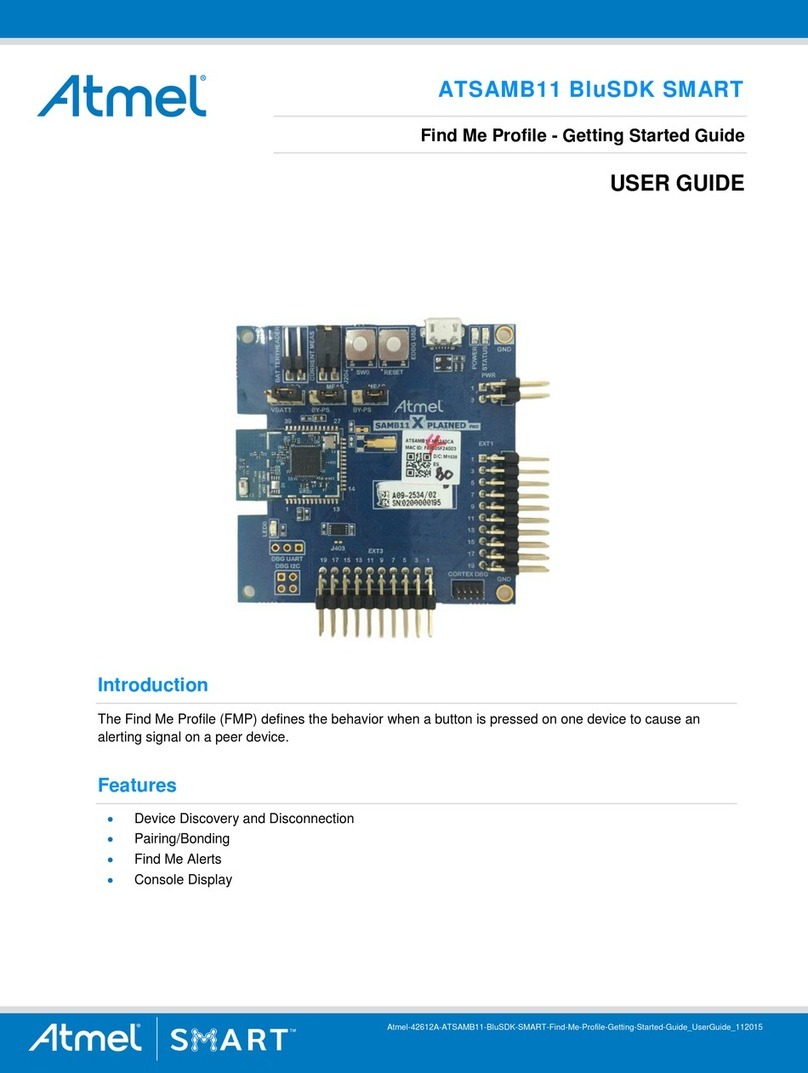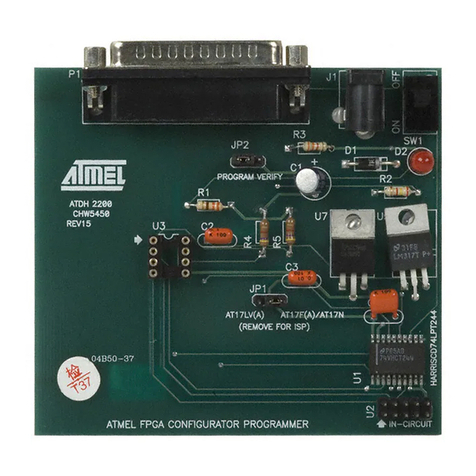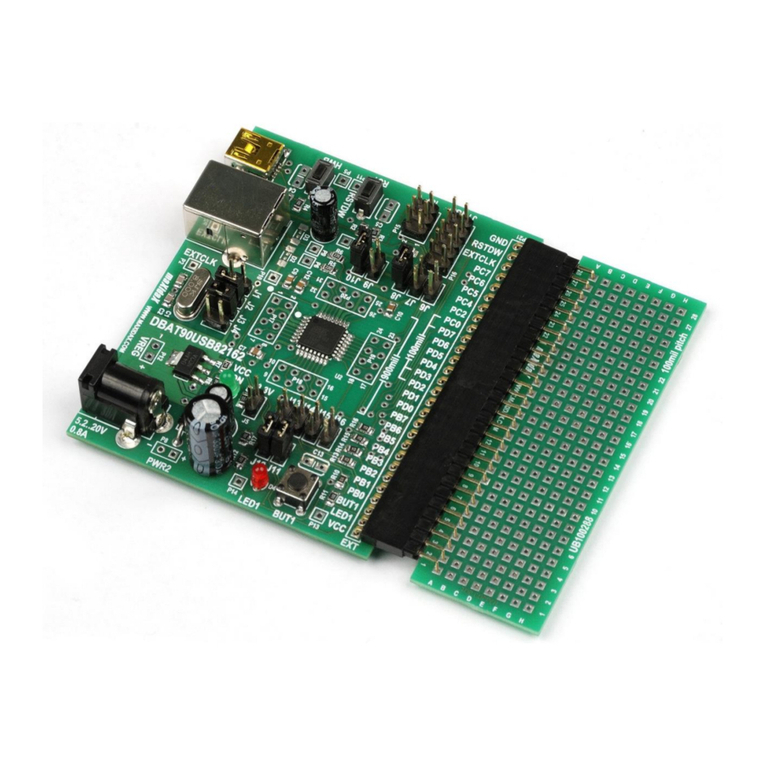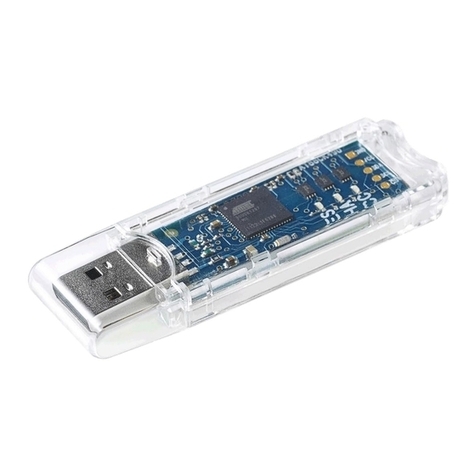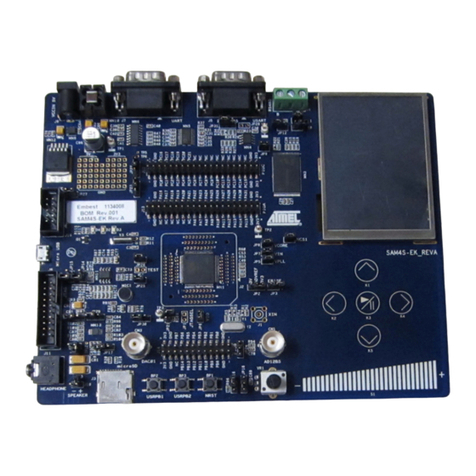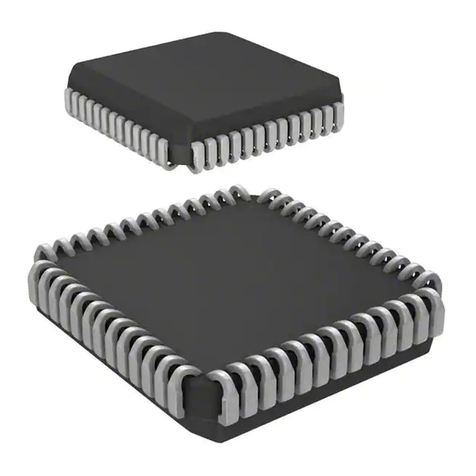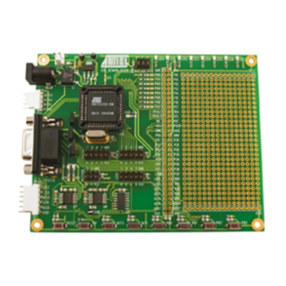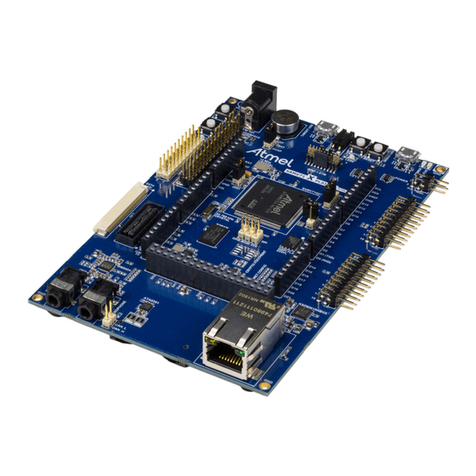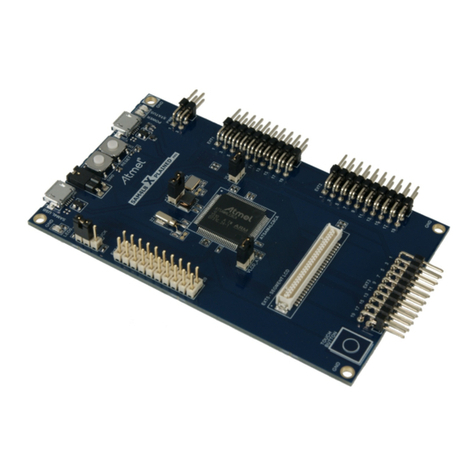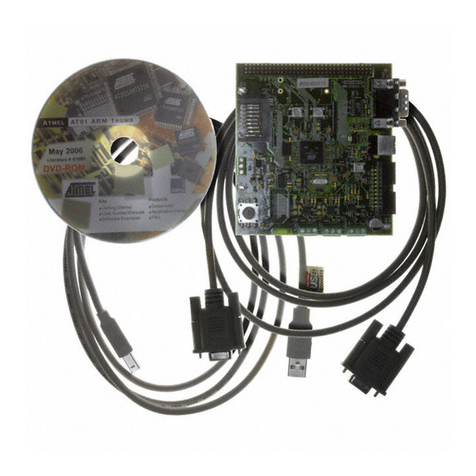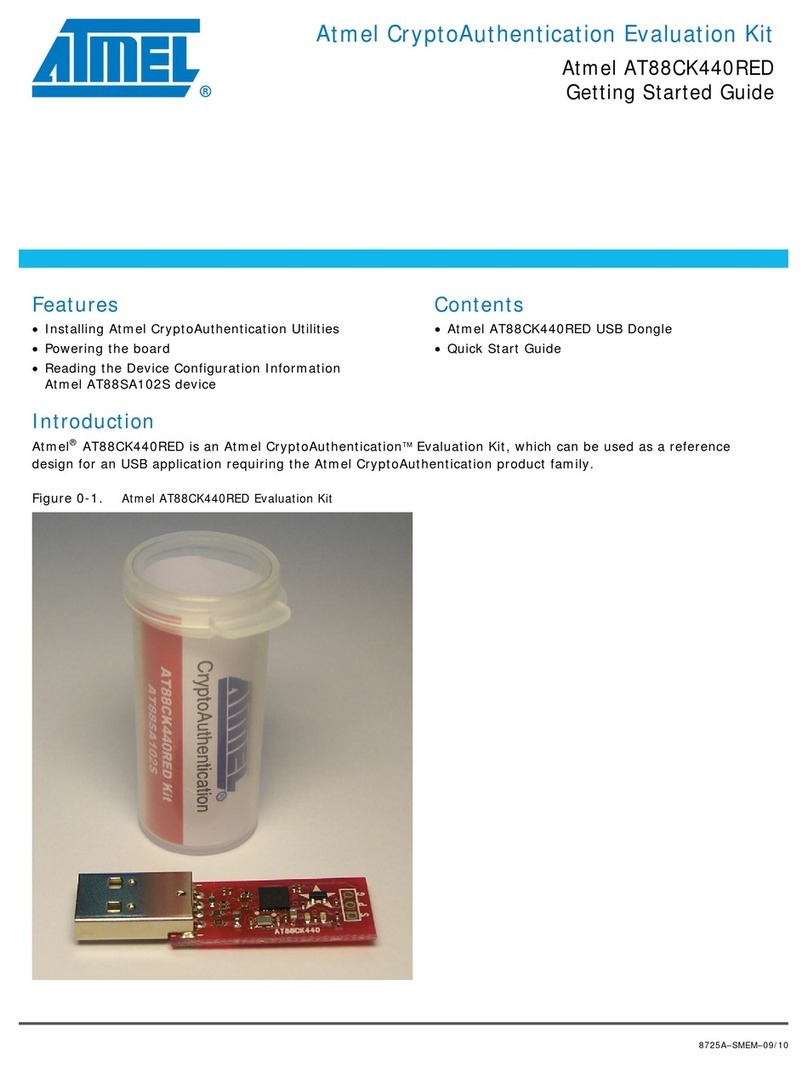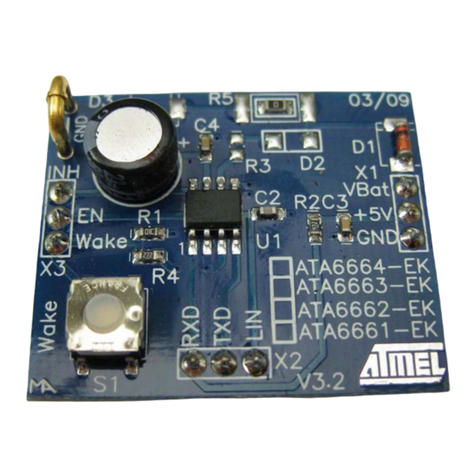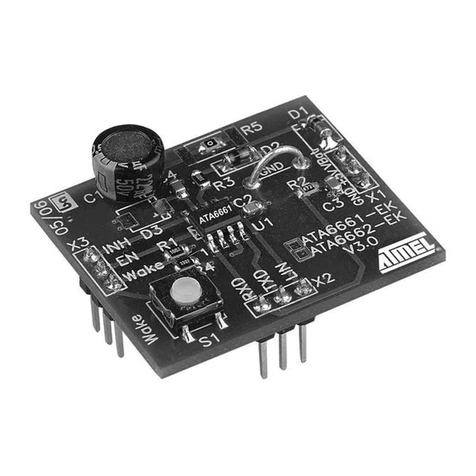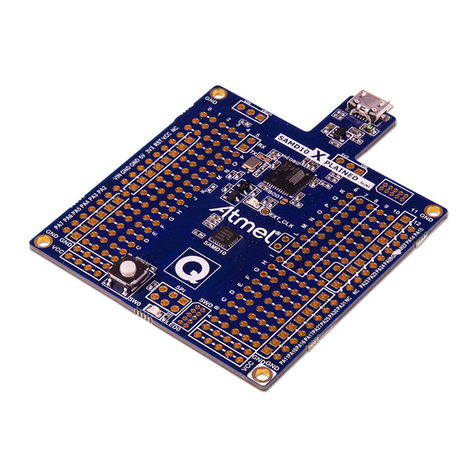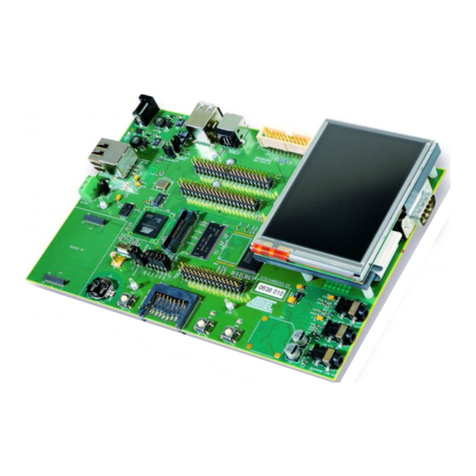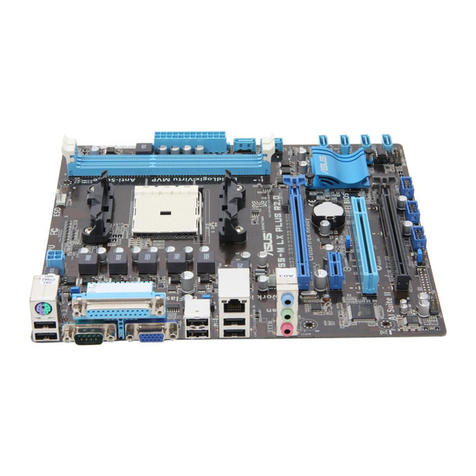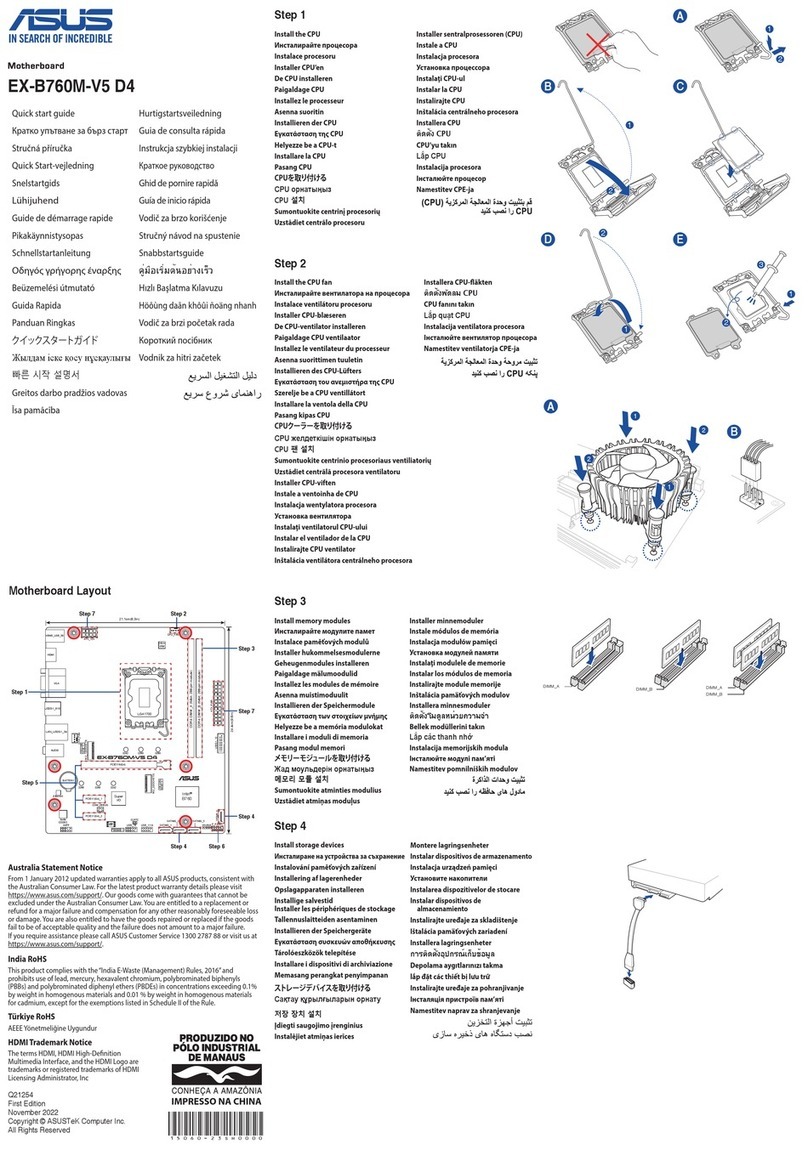
SAM4S-EK2 User Guide 1-1
11176A–ATARM–24-Sep-12
Section 1
Introduction.................................................................................................................1-1
1.1 SAM4S Evaluation Kit........................................................................................................ 1-1
1.2 User Guide......................................................................................................................... 1-1
1.3 References and Applicable Documents............................................................................. 1-1
Section 2
Kit Contents................................................................................................................2-1
2.1 Deliverables ....................................................................................................................... 2-1
2.2 Electrostatic Warning......................................................................................................... 2-2
Section 3
Power Up....................................................................................................................3-1
3.1 Power up the Board ...........................................................................................................3-1
3.2 DevStart............................................................................................................................. 3-1
3.3 Recovery Procedure .......................................................................................................... 3-1
3.4 Sample Code and Technical Support ................................................................................ 3-2
Section 4
Evaluation Kit Hardware.............................................................................................4-1
4.1 Board Overview.................................................................................................................. 4-1
4.2 Features List ...................................................................................................................... 4-2
4.3 Function Blocks.................................................................................................................. 4-2
4.3.1 Processor............................................................................................................. 4-2
4.3.2 Memory................................................................................................................ 4-2
4.3.3 Clock Circuitry...................................................................................................... 4-3
4.3.4 Reset Circuitry ..................................................................................................... 4-4
4.3.5 Power Supply and Management.......................................................................... 4-4
4.3.6 UART................................................................................................................... 4-5
4.3.7 USART................................................................................................................. 4-5
4.3.8 Display Interface.................................................................................................. 4-6
4.3.9 JTAG/ICE............................................................................................................. 4-8
4.3.10 Audio Interface..................................................................................................... 4-9
4.3.11 USB Device ....................................................................................................... 4-11
4.3.12 Analog Interface ................................................................................................ 4-11
4.3.13 QTouch Elements.............................................................................................. 4-12
4.3.14 User Buttons...................................................................................................... 4-13
4.3.15 LEDs.................................................................................................................. 4-14
4.3.16 SD/MMC Card ................................................................................................... 4-14
4.3.17 ZigBEE............................................................................................................... 4-14
4.3.18 PIO Expansion................................................................................................... 4-15
